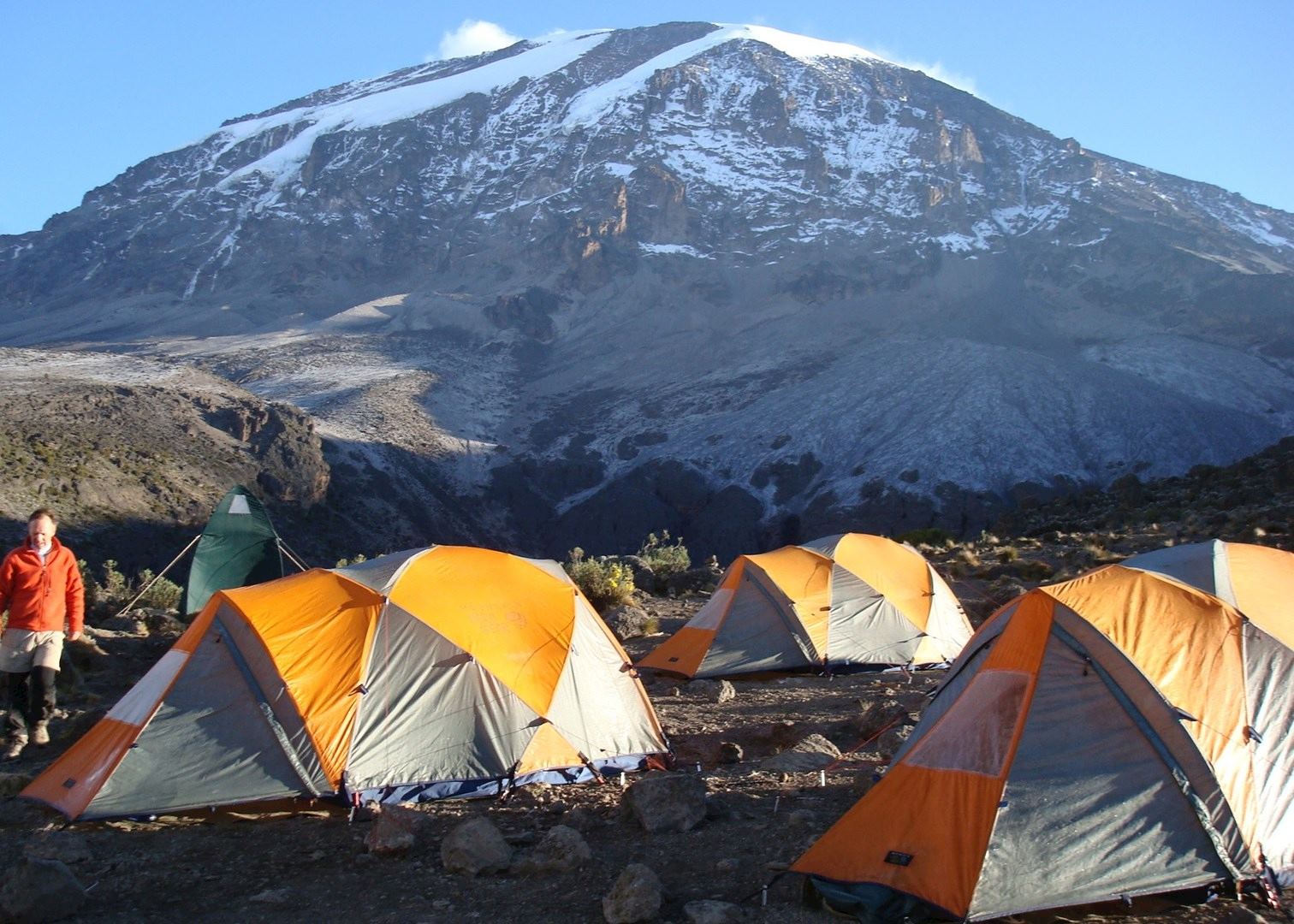When should you plan your Mountain Climbing Trip?
Mountain Kilimanjaro can be climbed all year round, however, there are some months that are more suitable than the others. As per Tanzania’s weather pattern, there are two main seasons for attempting to trek the Kilimanjaro: in January, February and March as well as from June to the month of October. From January to March, it is generally cooler and the different routes are not so crowded. Then from June to October (it’s warm and very pleasant), a time which coincides with the summer holidays of the northern hemisphere, the mountain is very busy with tourists. However, the wet months of April and May, as well as November, should best be avoided. Always remember you will require a lot of warm clothing to make it to the summit. So always ensure that you make your reservation at least three months in advance before the peak season kicks in.
How to prepare for a successful trek up the Kilimanjaro?
As I mentioned earlier you do not need any special mountain trekking to summit the Kilimanjaro, you will need some reasonable amount of physical fitness to go all the way to the summit. So in case you feel you are lacking in some way, I highly recommend that you begin practicing a couple of months before the trek. Familiarize yourself with your new hiking-boots so as to reduce the chances of getting blisters. During this time it’s also advised to get a proper medical check-up as a change in altitude can affect the human body. Most important of all, ensure that you get comprehensive travel insurance best if the plan covers emergency evacuation using a helicopter and medical treatment.
How to choose the best Hiking Route?
The summit of Mount Kilimanjaro can be reached through seven (7) main routes. Each of these differs in the level of difficulty, scenic beauty as well as human traffic (number of people using it); so choosing the right suiting route is very important during your hike planning process. The duration of you hike will be dictated by the route you will take, however it takes between five (5) to ten (10) days. The highest success rates have been registered on the routes that include longer days as these give the climbers enough time to acclimatize their bodies with the changing altitude. So when choose a route to use, always opt for that which will give you ample time for your bodies to acclimatize.
The different Hiking Routes on Mountain Kilimanjaro include: The Marangu Route, The Machame Route, The Lemosho Route, The Northern Circuit, The Rongai Route, The Shira Route and The Umbwe Route
What to Pack for your Mountain Trek
The most import trick when packing for your hike on Mount Kilimanjaro is to obtain a balance between getting everything you need and packing light. It’s important to you get sun protection especially for the lower sections of the mountain and then warm clothes for the higher altitude as you make it to the summit . Make sure you take a durable sleeping bag and a basic small first aid kit. Your operator will be able to provide a more comprehensive kit with a defibrillator and oxygen. Don’t forget to park some extra batteries for your camera, and copies of your passport (travel document) and insurance papers. Take with you some cash which you will use to tip your guide and the porter who will carry your personal gear.
How to get Acclimatize?
The reason why a number of climbers who attempt the Summit of Mount Kilimanjaro are not successful is because of Altitude Sickness. So the best way to acclimatize to the extreme change in altitude is to select a route that gradually ascends and takes a minimum of six (6) days, better still if the days are more. There are a number of medications used to lessen the effects of altitude sickness such as Diamox and Ibuprofen whereas hydration, especially with purified water, is very important. You should keep in mind that anyone can be affected by altitude sickness irrespective of your fitness or how much you have trained, so it’s always very important that you lookout for the signs.
Common signs and symptoms for altitude sickness include shortness of breath, headaches, fatigue, dizziness, and nausea, and these may turn into fatal sickness so in case any of these is observed, be ready to descend. The most important thing is that you should know your limits. Don’t push so hard, but rather take it slow and steady because the ultimate price is not who gets there first but rather making it to the summit.
How to Budget for your Hike up Mount Kilimanjaro?
A trek up Mount Kilimanjaro can cost between $2,400 and $8,000 and more per person. This should include your park entrance fees, meals, camping, guides, and transportation to and from the starting point of your hike up the mountain. Your food should be decent, good camping accommodation, and your guide together with the porter should be well trained and fairly taken off. Although the shorter routes are generally cheaper, the chances of reaching the mountain summit are less due to bad acclimatization. So get something that will surely suit your capabilities.

